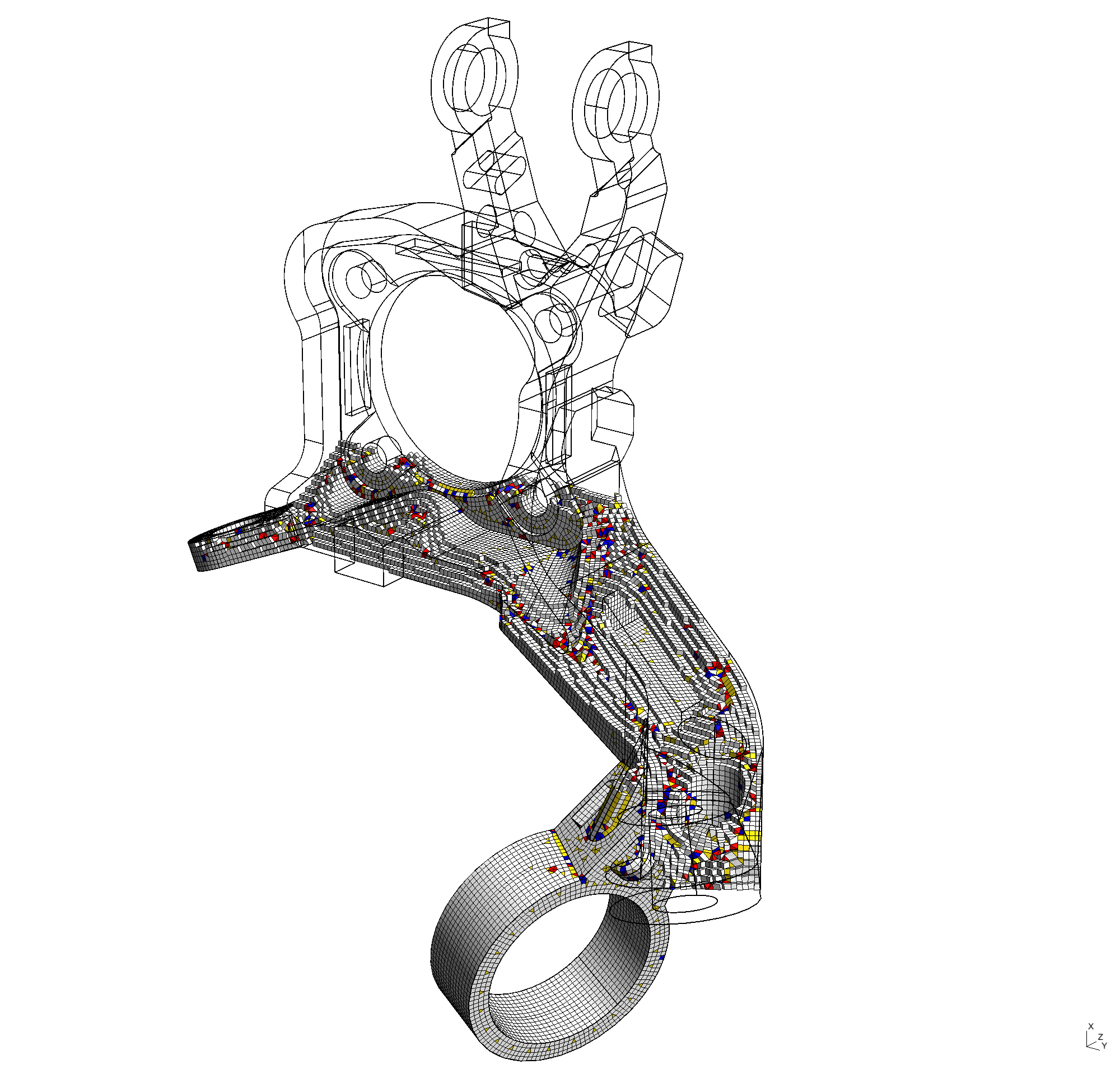 |
LAUCE 2125 · Finite Elements for StructuresWinter 2015 · Universite catholique de Louvain
|
 |
LECTURES: |
Monday 10:45-12:15, Euler Building |
INSTRUCTOR: |
Prs. Jean-Francois Remacle,
Euler Building Office hours: By appointment. |
MAIN THEMES |
Variational principles in structural mechanics,
classical theory of finite elements for structures: Trusses (2D and
3D), Frames (2D and 3D), Plates and shells, Plane stress and plane strains.
More advanced material will eventually be covered: elasto-plastic modelling of frames, structural instabilities, modelling of brittle materials, lage displacements in structures...
A computer project will be assigned to students that will consist in the development of a finite element code for a specific type of structure. The code will have to deal with inputs and outputs, including a graphical user interface. Prerequisite: Some programming experience in C or C++ is required. |
ASSIGNEMENT: |
A computer program will have to be developed by groups of maximum 2 students. The aim of the code will be to develop a fast Delaunay triangulation algorithm in 2D or in 3D. |
GRADING: |
The final grade involves an oral exam (accounts for 40% of the final grade) and the project (accounts for 60% of the final grade) Both exactness and robustness of the code as well as its efficiency will be taken into account in the evaluation. |
RECOMMENDED |
Bathe, K. J. (2006). Finite element procedures. Klaus-Jurgen Bathe. Braess, D. (2007). Finite elements: Theory, fast solvers, and applications in solid mechanics. Cambridge University Press. Ern, A., & Guermond, J. L. (2013). Theory and practice of finite elements (Vol. 159). Springer Science & Business Media. |
GMSH |
Open Source Mesh Generator
. |